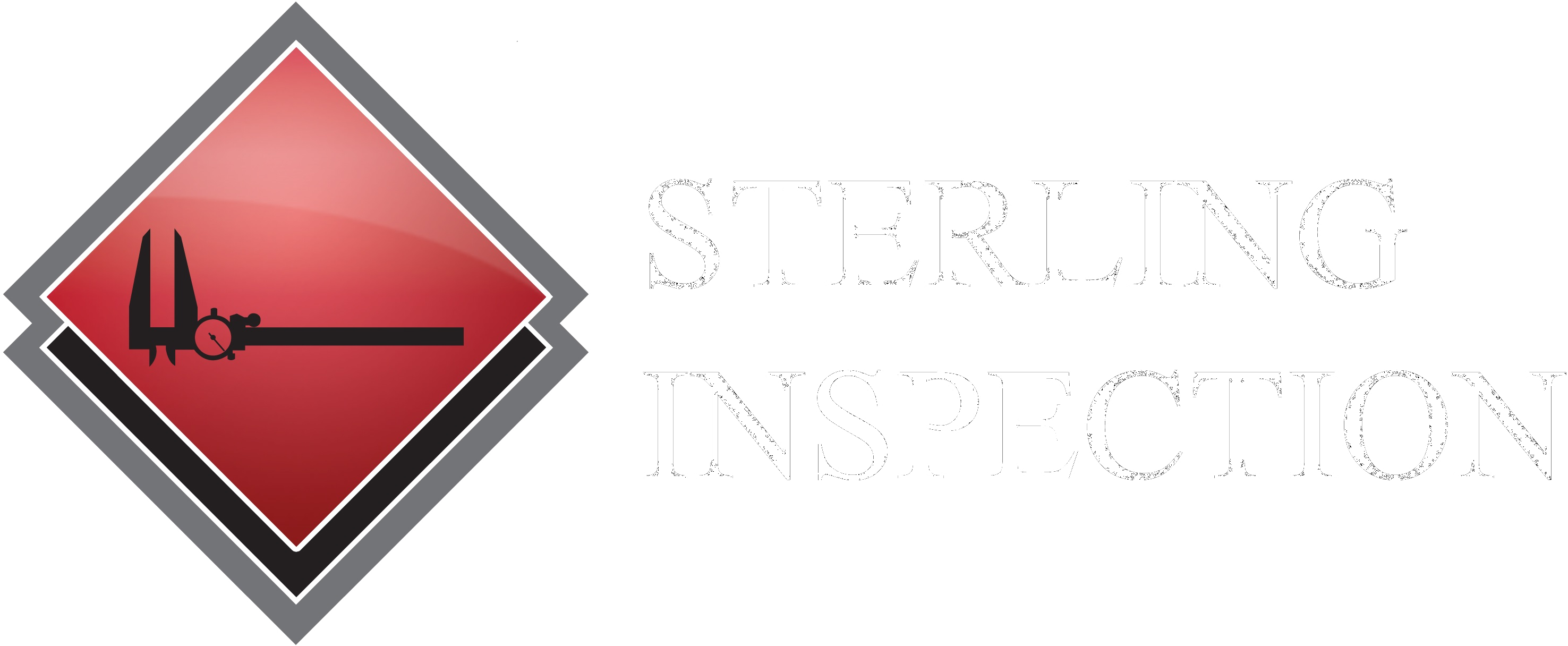NDT Inspection Services
X-Ray Testing (RT)
X-ray can be used to see inside the part and identify flaws that are hidden from view. Our system uses florescent plates that are exposed similar to traditional film. The plates are then scanned into the computer to give us a digital image. This image can be viewed on any computer. The digital images can be more easily archived for future viewing or easily shared between departments for review.
Ultrasonic Testing (UT)
In ultrasonic testing, very short ultrasonic pulse-waves are sent into materials to detect internal flaws or characterize materials. This method is often used to determine the thickness of an object, or to detect internal flaws in bonding/welding
We provide these kinds of tests:
- Straight beam
- Shear-wave (Angle beam)
Dye Penetrant Testing (PT)
Dye Penetrant testing is a method used to locate surface-breaking defects in all non-porous materials (metals, plastics, or ceramics). A low surface tension fluid is applied to the component which penetrates into clean and dry surface-breaking discontinuities. After adequate penetration time has been allowed, the excess penetrant is removed, and developer is applied. The developer helps to draw the penetrant out of the flaw where a visible indication becomes apparent.
Magnetic Particle Testing (MT)
Magnetic Particle testing is a method for detection of surface and sub-surface defects in ferrous materials. By using an externally applied magnetic field or electric current through the material, and the principle that the magnetic flux will leave the part at the area of a flaw.
The presence of a surface or near surface flaw in the material causes distortion in the magnetic flux through it, which causes a leakage of the magnetic fields at the flaw. This leakage will “hold” magnetic particles in the area, revealing the flaw to the technician.
Visual Testing (VT)
Visual testing is a method where an inspector visually searches a component for defects in welding and configuration. Visual testing can be done on any material and any component following a predetermined set of guidelines. A visual test is usually performed alongside other testing methods. Another form of Visual testing is Quality Control. Quality Control is a method where procedures, processes, and specifications are reviewed alongside a component to ensure proper quality is obtained.
CWI Certified Welding Inspector
Our CWI’s can come to you site and observe the welding to ensure the project is built to specifications.
Special Access Inspection
Non-manned (in-direct) Inspection
Sterling Inspection deploys several in-direct inspection techniques (non-manned) for areas which are either inaccessible due to small areas or unsafe for human entrance. These techniques include:
- Remote operating vehicle (ROV)
- Inspection crawler
- Boroscope (fiber optic)
Confined Space Inspection
Our Technicians are trained to enter confined spaces as defined by OSHA. Using the proper procedures and trained personnel we can get into these small spaces and perform the inspections while minimizing the risk to our technicians.
Rope Access Inspections
Rope access can significantly reduce the time and cost of the inspection.
Industrial rope access uses rock climbing techniques to allow the technicians to get to the inspection site while significantly reducing the risk of a fall.
Diving Inspection
Our staff includes certified commercial divers that can make waterfilled or underwater structures accessible for inspection.










